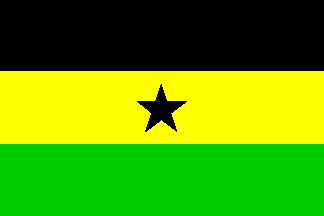|
|||
|
Philatelia.Net / The literature / Countries / The directory «Countries»BechuanalandThe Bechuanaland Protectorate (BP) was a protectorate established on March 31, 1885 by Britain in southern Africa. It ceased to exist on 30 September 1966, when the territory became the Republic of Botswana. Bechuanaland meant the country of the Bechuana (now written Batswana or Tswana). Bechuanaland was divided in two. The southern part, known as British Bechuanaland, later became part of the Cape Colony and is now in South Africa. This is the area around Mafikeng (then called Mafeking). The Bechuanaland Protectorate formed the northern part; its territory was expanded north in 1890. The British government originally expected to turn over administration of the protectorate to Rhodesia or South Africa, but Tswana opposition left the protectorate under British rule until Independence in 1966. The BP was technically a protectorate rather than a colony, but this was a legal distinction of little practical significance. The protectorate was administered from Mafeking (now Mafikeng), creating a unique situation of the capital of the territory being located outside of it. The eastern part of the colony was originally claimed by Matabeleland, and in 1887 Samuel Edwards (working for Cecil Rhodes) obtained a mining concession. In 1891 administration of the protectorate was given to the High Commissioner for South Africa; in 1895 the British South Africa Company attempted to acquire the area, but three Tswana chiefs visited London to protest and were successful in fending off the BSAC. Later attempts to develop also had little effect. The BP was one of the "High Commission Territories", the others being Basutoland (now Lesotho) and Swaziland. The official with the authority of a Governor was the High Commissioner. This office was first held by the Governor of the Cape, then by the Governor-General of South Africa, by British High Commissioners and Ambassadors to South Africa until independence. Consequently, administration was headed in each territory by a Resident Commissioner, who thus had approximately the same functions of a Governor but somewhat less authority. Advertising: |
|||
© 2003-2025 Dmitry Karasyuk. Idea, preparation, drawing up
|

